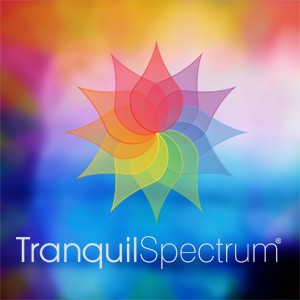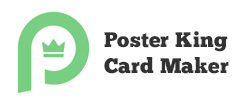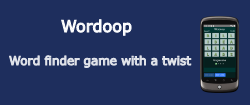Description
The publishing industry has evolved significantly, offering writers two main options: digital and traditional publishing. Both methods have unique advantages and challenges, making it essential for authors to understand which one aligns with their goals.
What is Traditional Publishing?
Traditional publishing follows a structured process where authors submit manuscripts to publishing houses. If accepted, the publisher handles editing, design, printing, and distribution. This method has been the standard for decades and is known for providing credibility and professional support. However, it requires patience, as the process can take months or even years. Additionally, publishers retain a significant portion of book sales revenue, leaving authors with limited earnings per copy.
Despite these challenges, traditional publishing ensures wide distribution, professional marketing, and a higher chance of reaching bookstores and libraries. Established authors often prefer this method because of its structured promotional strategies and editorial expertise.
What is Digital Publishing?
Digital publishing allows authors to release their work online through platforms such as Amazon Kindle, Apple Books, or personal websites. Unlike traditional methods, this option provides full creative control, allowing writers to decide on pricing, distribution, and content updates. Self-publishing in digital formats eliminates printing costs and speeds up the publication process.
However, digital publishing also comes with its own set of challenges. Authors must handle marketing, formatting, and reader engagement. While digital platforms provide access to a global audience, competition is high, making it essential for authors to promote their work effectively.
Key Differences Between Digital and Traditional Publishing
-
Time to Publish
-
Traditional publishing takes longer due to submission reviews, editing, and printing.
-
Digital publishing allows for instant or faster publication.
-
-
Cost
-
Traditional publishing involves printing and distribution costs, usually covered by the publisher.
-
Digital publishing has lower upfront costs but may require investment in marketing and formatting.
-
-
Creative Control
-
Traditional publishers have final say over content, cover design, and marketing.
-
Digital publishing gives full control to the author.
-
-
Revenue and Royalties
-
Traditional publishers offer smaller royalties (typically 5-15% per book).
-
Digital publishing provides higher royalties, often 35-70%, depending on the platform.
-
-
Marketing and Promotion
-
Traditional publishers handle marketing but focus more on established authors.
-
Digital authors must manage their promotion, often relying on social media and paid ads.
-
Which Option is Better?
The choice between digital vs traditional publishing depends on an author’s priorities. If credibility, professional support, and bookstore distribution are important, traditional publishing is a good option. For those who prefer control, faster publication, and higher royalties, digital publishing is a better fit.
Ultimately, both methods offer valuable opportunities for writers. Understanding their differences helps authors make an informed decision based on their needs and career goals.
Related Apps + Games
View All-
Air Space Jet Fighter 3D
by door to appps
-
Bang! Bang! Judas
by MadBlowfish
-
Marine Box
by jcrsoftware
-
Featured
Tranquil Spectrum
by Good Luck Four Media LLC










